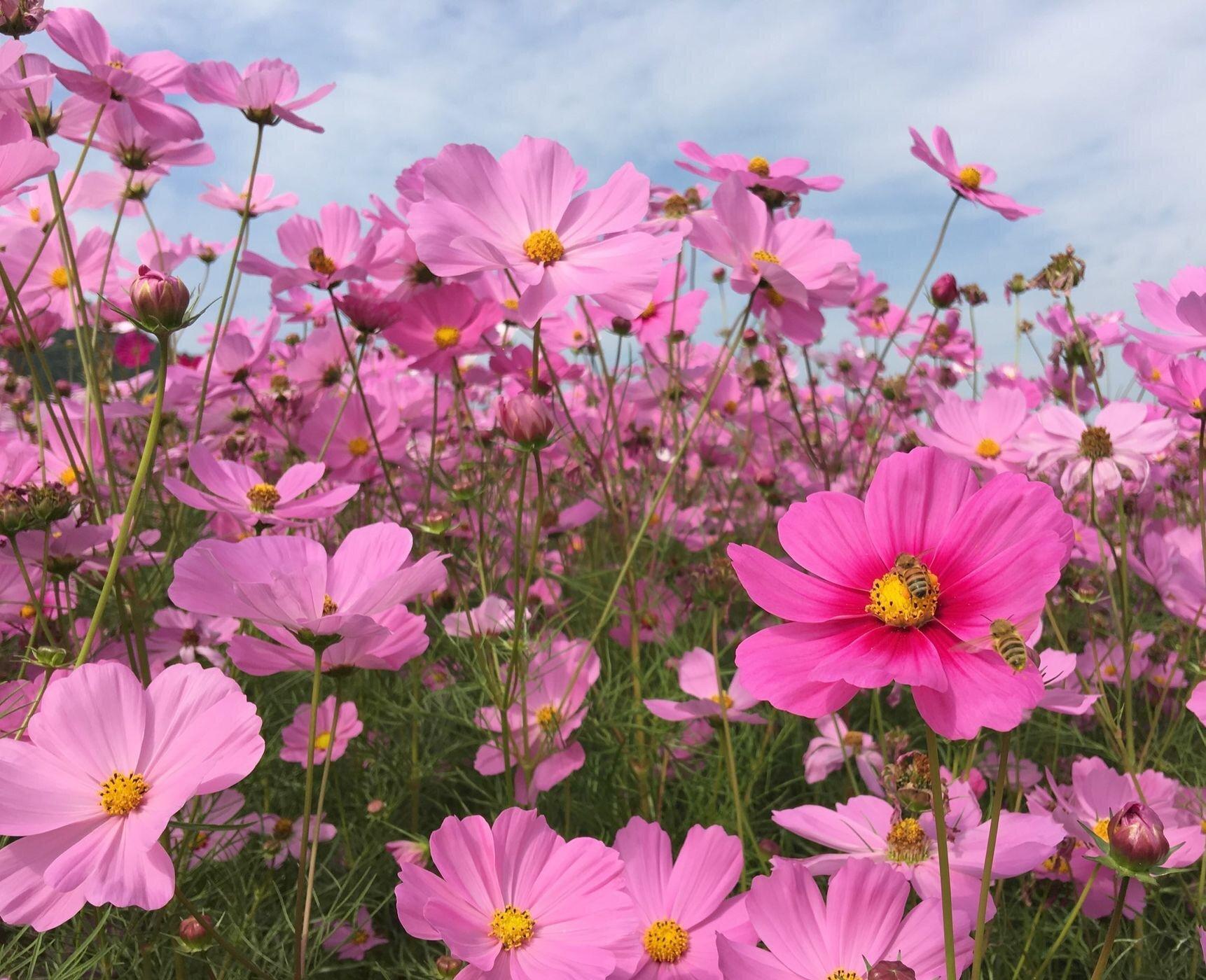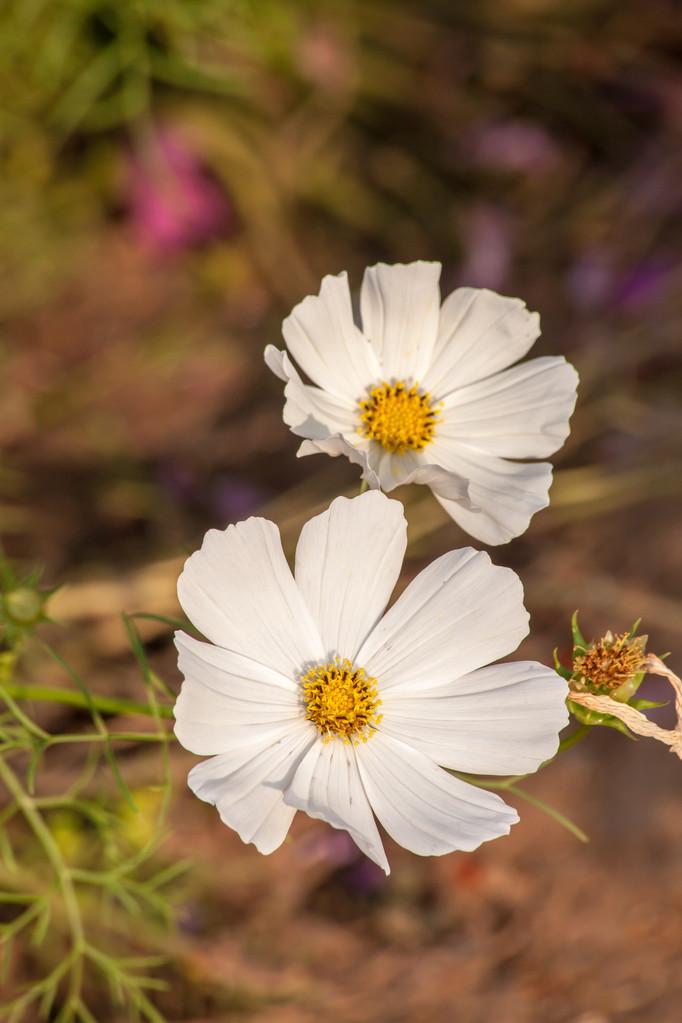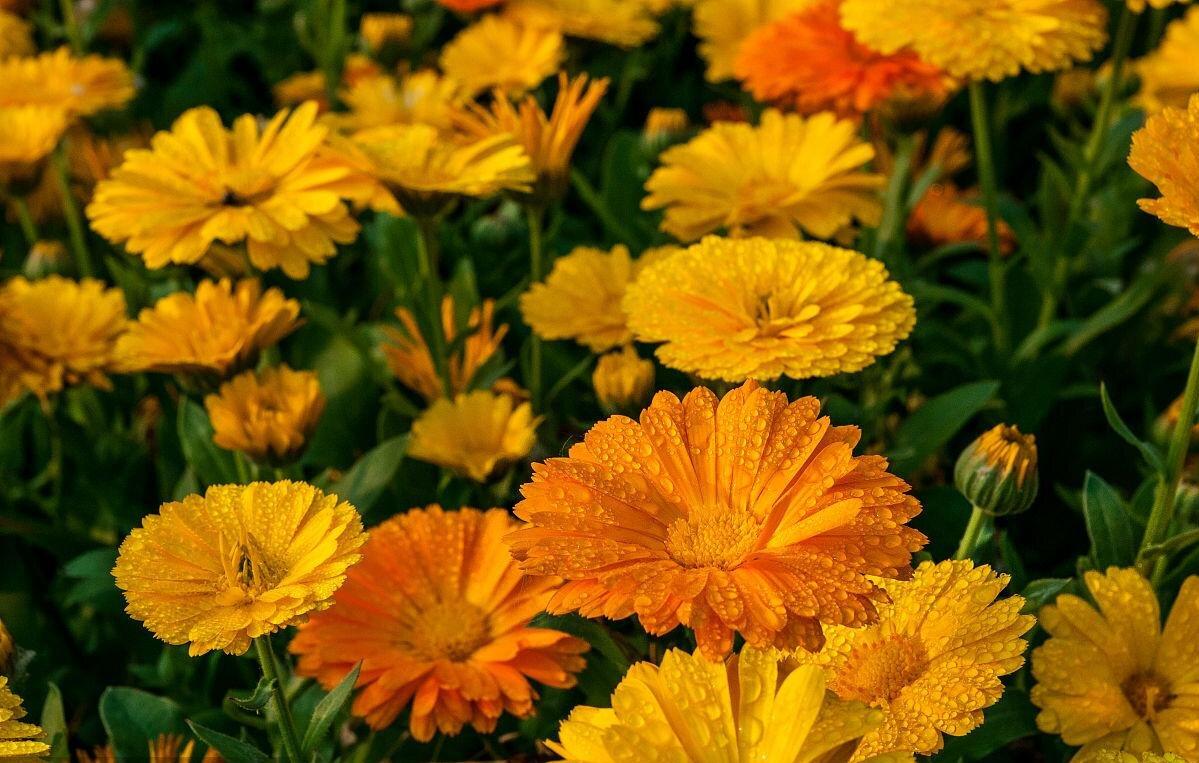The Allium plant has an interesting story to tell. Legend has it that Alliums were created when a mischievous fairy sprinkled magic dust on onions, turning them into beautiful flowers. These flowers, with their vibrant colors and unique shapes, symbolize enchantment and transformation. In ancient times, Alliums were believed to ward off evil spirits and bring good luck. Today, these captivating flowers continue to grace gardens worldwide, captivating both humans and pollinators with their beauty and charm.
Picture
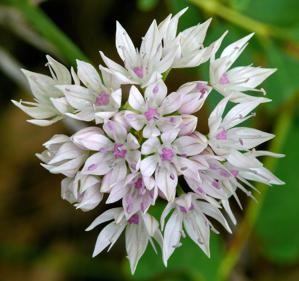
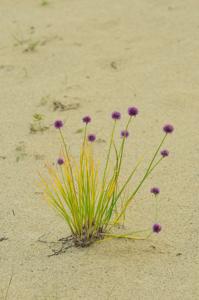
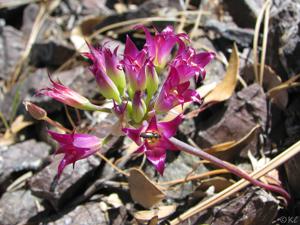
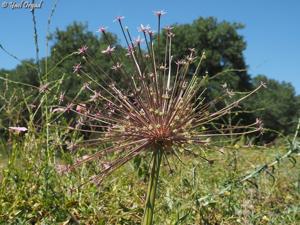
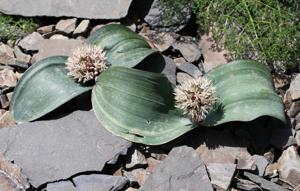
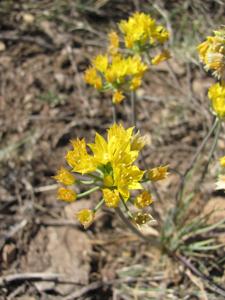
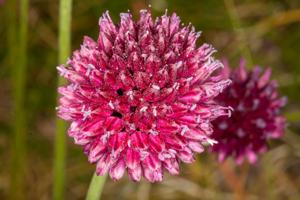
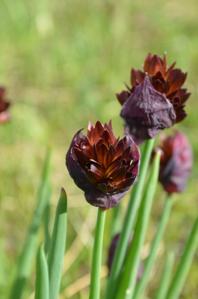
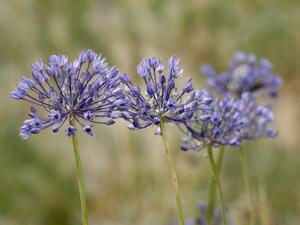
Plant some seeds now!
Short Description
Allium flavum (yellow) and Allium carinatum (purple)
Allium is a genus of monocotyledonous flowering plants with hundreds of species, including the cultivated onion, garlic, scallion, shallot, leek, and chives. The generic name Allium is the Latin word for garlic, and the type species for the genus is Allium sativum which means “cultivated garlic”.
Carl Linnaeus first described the genus Allium in 1753. Some sources refer to Greek ἀλέω (aleo, to avoid) by reason of the smell of garlic. Various Allium have been cultivated from the earliest times, and about a dozen species are economically important as crops, or garden vegetables, and an increasing number of species are important as ornamental plants.
The decision to include a species in the genus Allium is taxonomically difficult, and species boundaries are unclear. Estimates of the number of species are as low as 260, and as high as 979.
Allium species occur in temperate climates of the Northern Hemisphere, except for a few species occurring in Chile (such as A. juncifolium), Brazil (A. sellovianum), and tropical Africa (A. spathaceum). They vary in height between 5 cm and 150 cm. The flowers form an umbel at the top of a leafless stalk. The bulbs vary in size between species, from small (around 2–3 mm in diameter) to rather large (8–10 cm). Some species (such as Welsh onion A. fistulosum and leeks (A. ampeloprasum)) develop thickened leaf-bases rather than forming bulbs as such.
Plants of the genus Allium produce chemical compounds, mostly derived from cysteine sulfoxides, that give them a characteristic onion or garlic taste and odor. Many are used as food plants, though not all members of the genus are equally flavorful. In most cases, both bulb and leaves are edible. The characteristic Allium flavor depends on the sulfate content of the soil the plant grows in. In the rare occurrence of sulfur-free growth conditions, all Allium species completely lose their usual pungency.
In the APG III classification system, Allium is placed in the family Amaryllidaceae, subfamily Allioideae (formerly the family Alliaceae). In some of the older classification systems, Allium was placed in Liliaceae. Molecular phylogenetic studies have shown this circumscription of Liliaceae is not monophyletic.
Allium is one of about fifty-seven genera of flowering plants with more than 500 species. It is by far the largest genus in the Amaryllidaceae, and also in the Alliaceae in classification systems in which that family is recognized as separate.
Description
Capsule of Allium oreophilum.
The genus Allium (alliums) is characterised by herbaceous geophyte perennials with true bulbs, some of which are borne on rhizomes, and an onion or garlic odor and flavor.
The bulbs are solitary or clustered and tunicate and the plants are perennialized by the bulbs reforming annually from the base of the old bulbs, or are produced on the ends of rhizomes or, in a few species, at the ends of stolons. A small number of species have tuberous roots. The bulbs’ outer coats are commonly brown or grey, with a smooth texture, and are fibrous, or with cellular reticulation. The inner coats of the bulbs are membranous.
Cultivation
Selection of cultivated alliums displayed at the BBC Gardeners’ World Live showMany Allium species have been harvested through human history, but only about a dozen are still economically important today as crops or garden vegetables.
Ornamental
Many Allium species and hybrids are cultivated as ornamentals. These include A. cristophii and A. giganteum, which are used as border plants for their ornamental flowers, and their “architectural” qualities. Several hybrids have been bred, or selected, with rich purple flowers. A. hollandicum ‘Purple Sensation’ is one of the most popular and has been given an Award of Garden Merit (H4). These ornamental onions produce spherical umbels on single stalks in spring and summer, in a wide variety of sizes and colours, ranging from white (Allium ‘Mont Blanc’), blue (A. caeruleum), to yellow (A. flavum) and purple (A. giganteum). By contrast, other species (such as invasive A. triquetrum and A. ursinum) can become troublesome garden weeds.
The following cultivars, of uncertain or mixed parentage, have gained the Royal Horticultural Society’s Award of Garden Merit:
‘Ambassador’
‘Beau Regard’
‘Gladiator’
‘Globemaster’
‘Michael H. Hoog’ (A. rosenorum)
‘Round ‘n’ Purple’
‘Universe’

